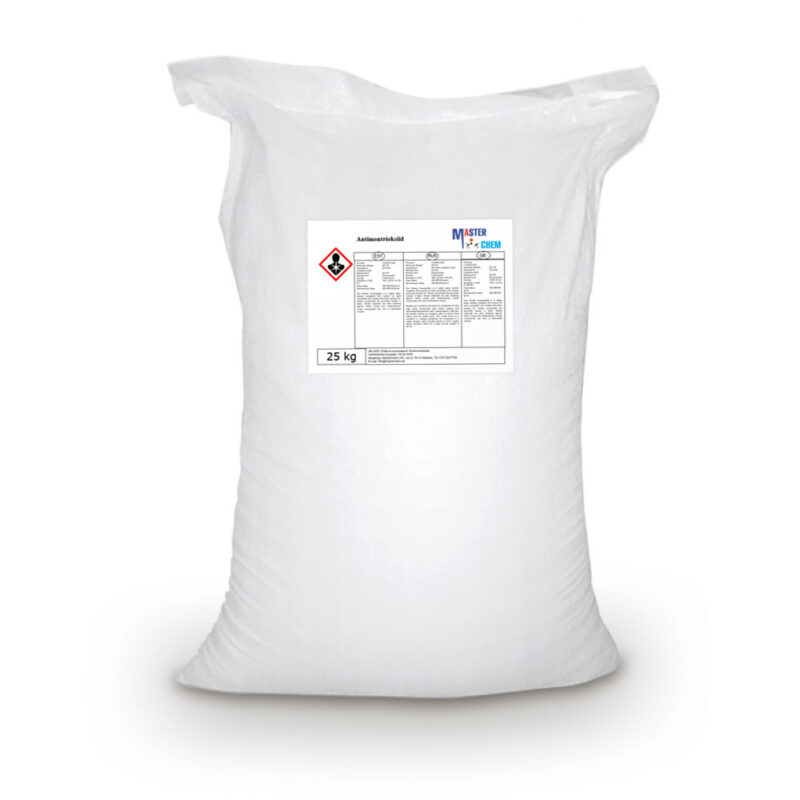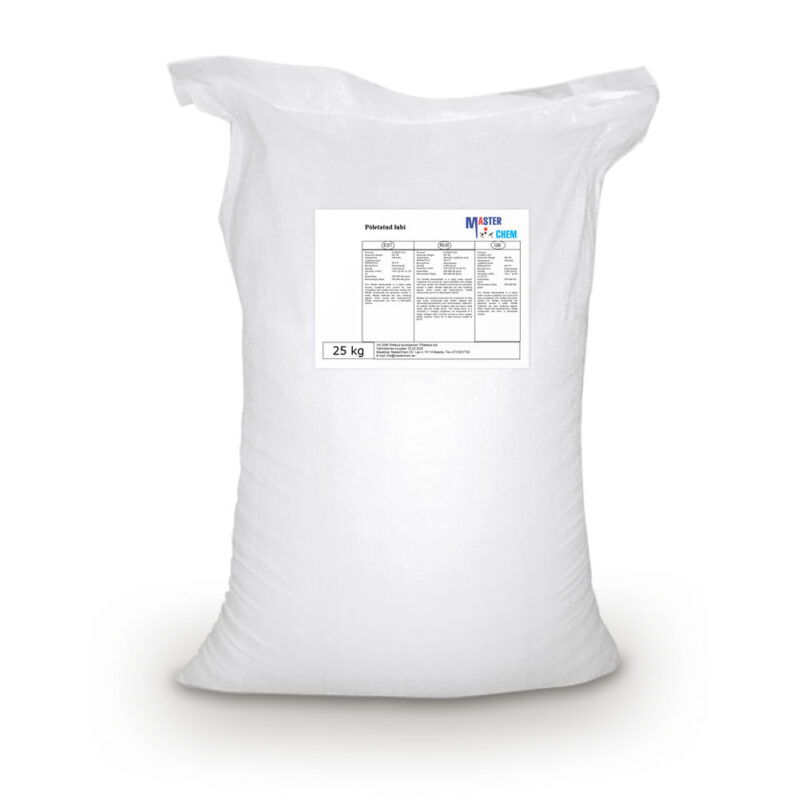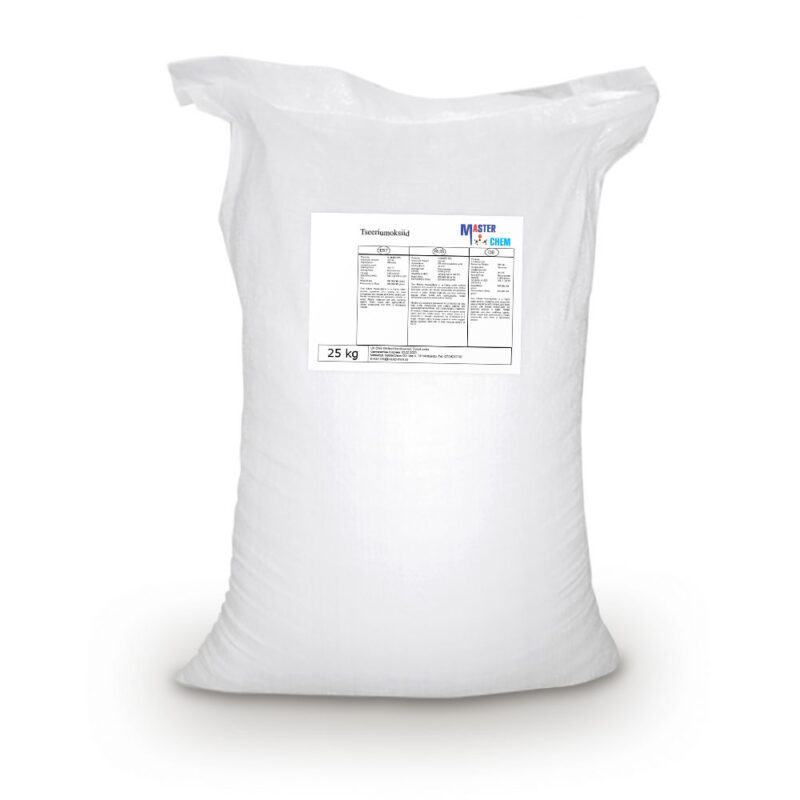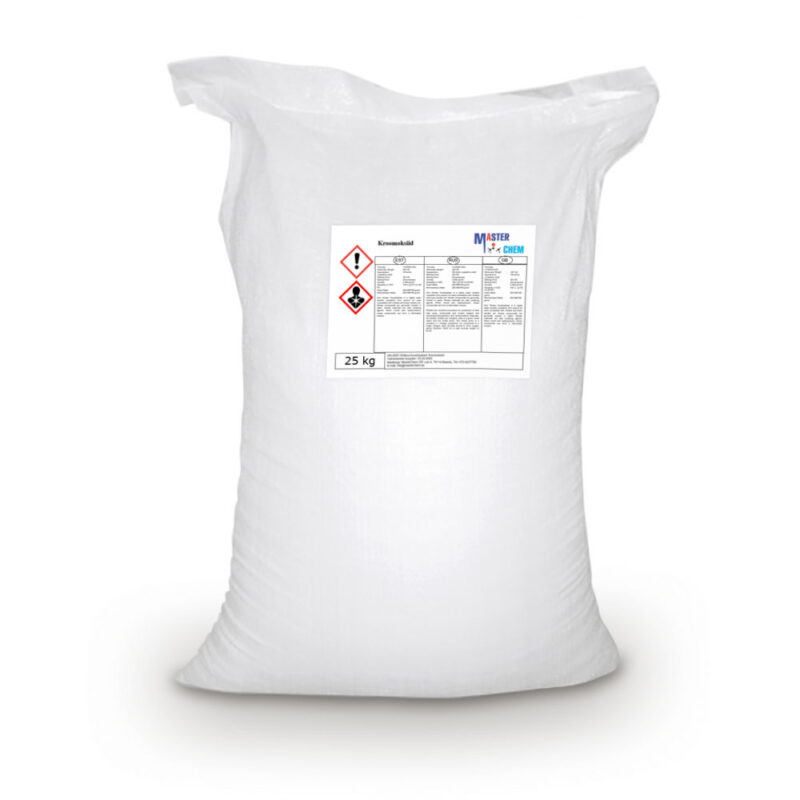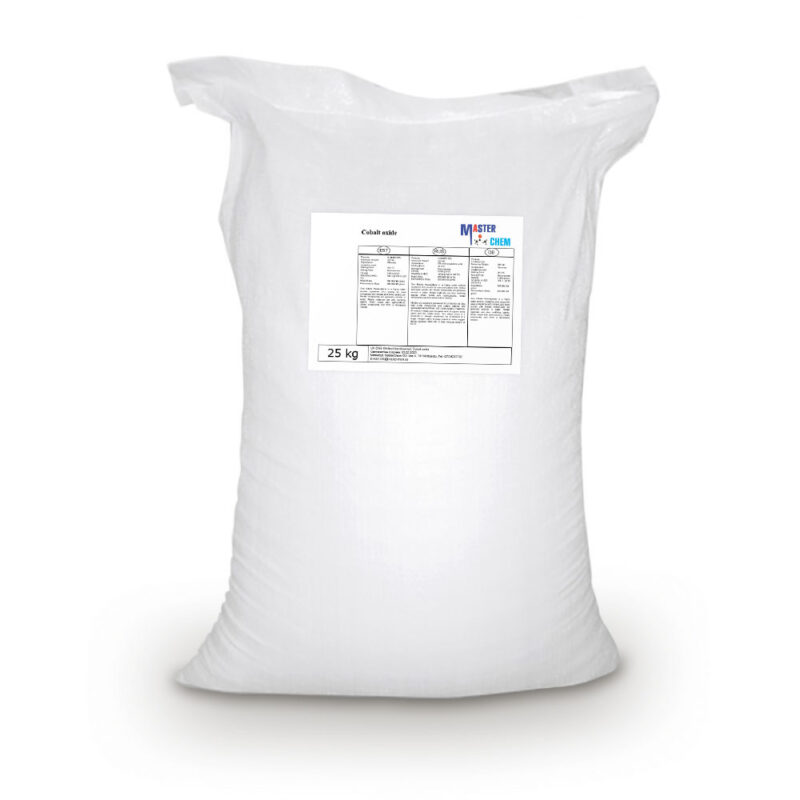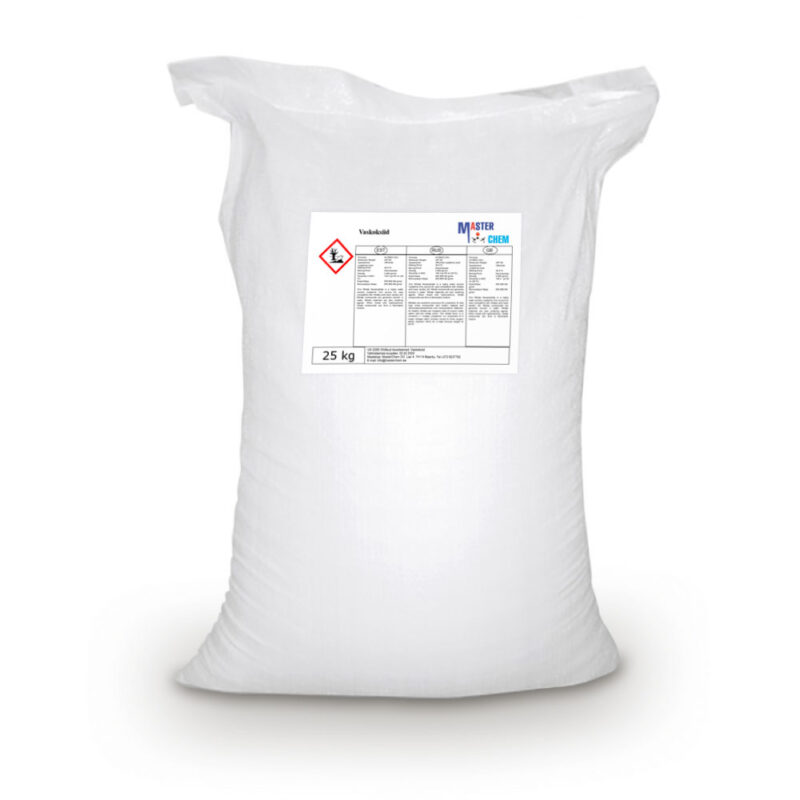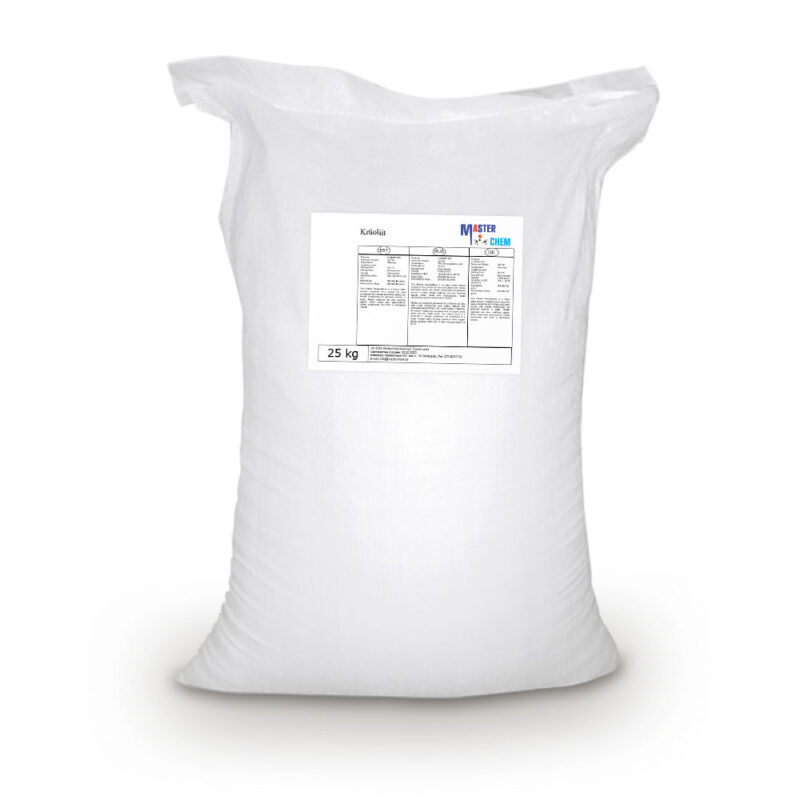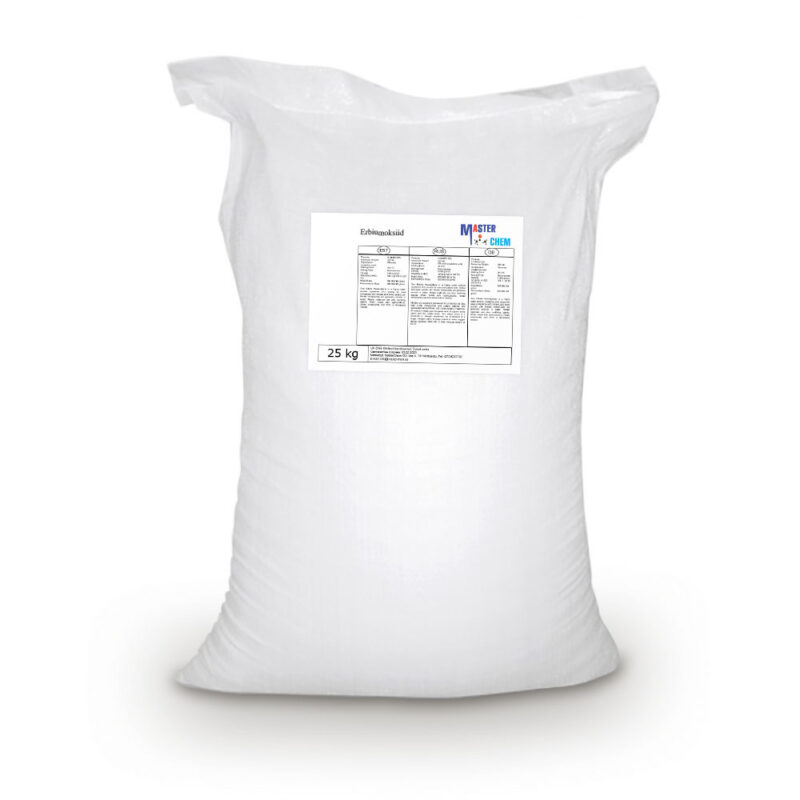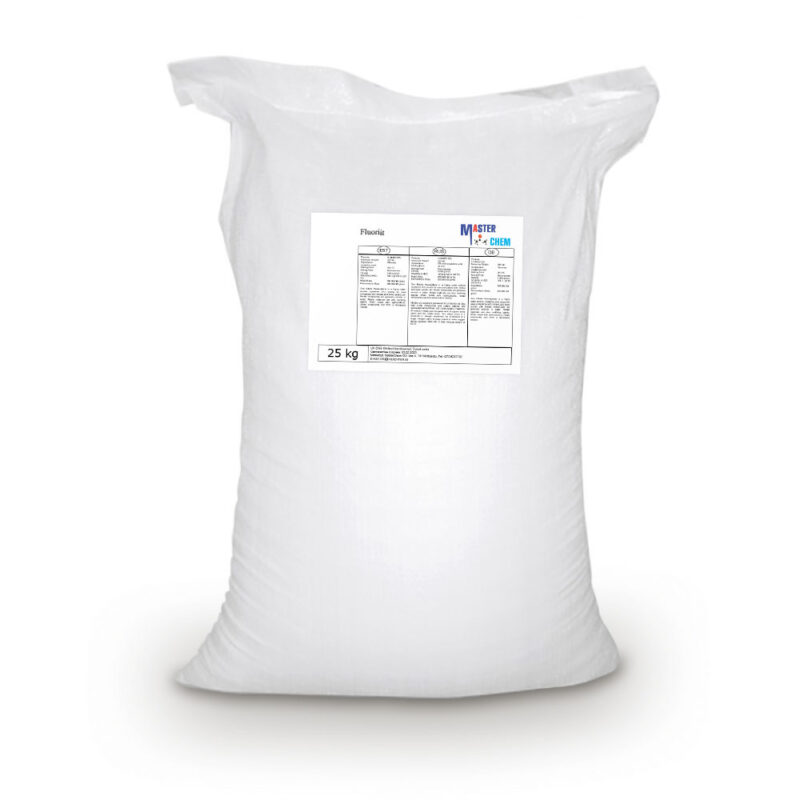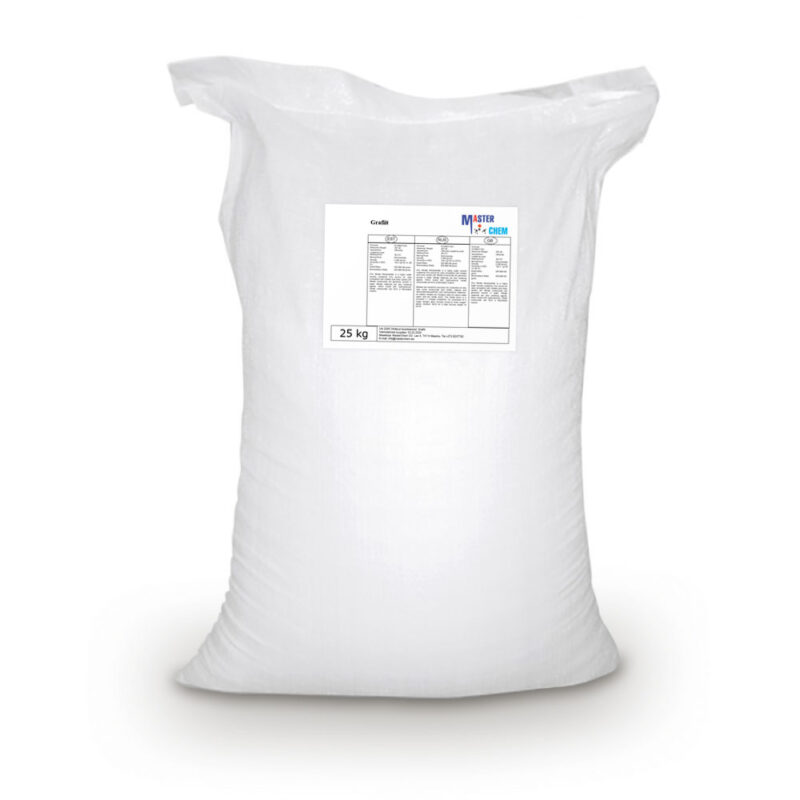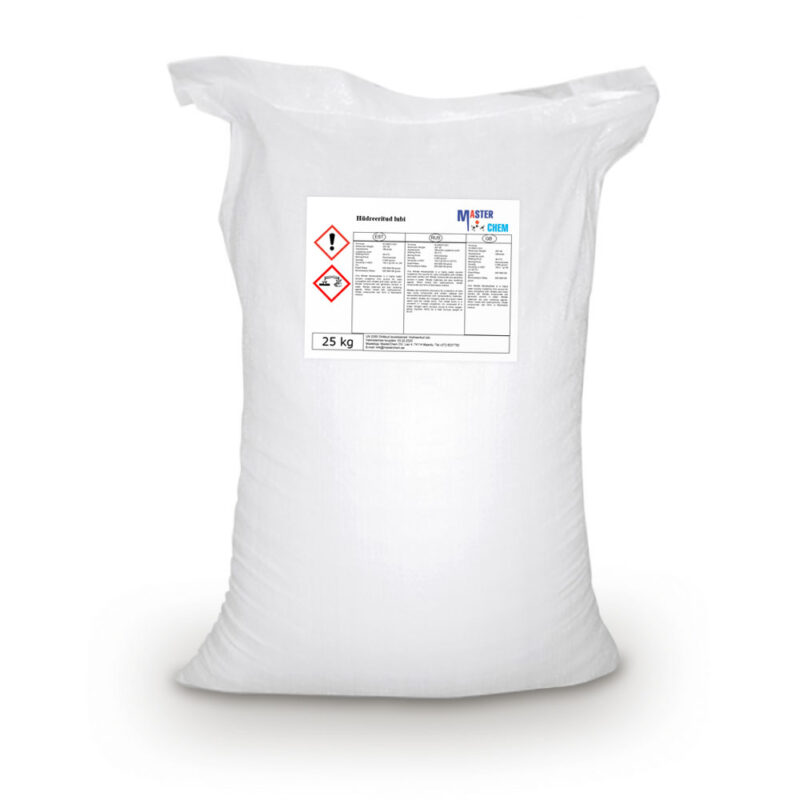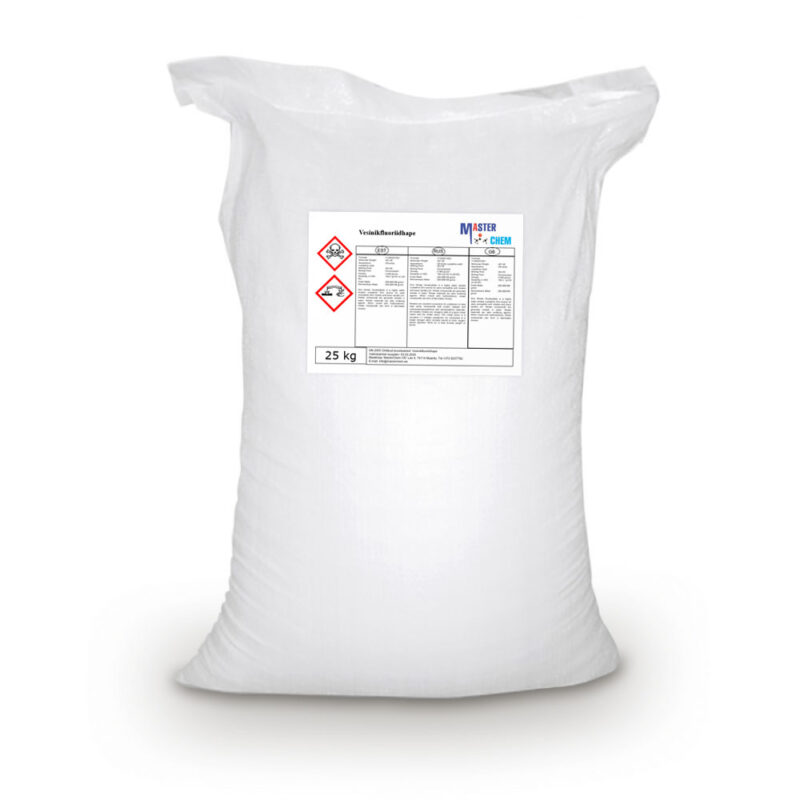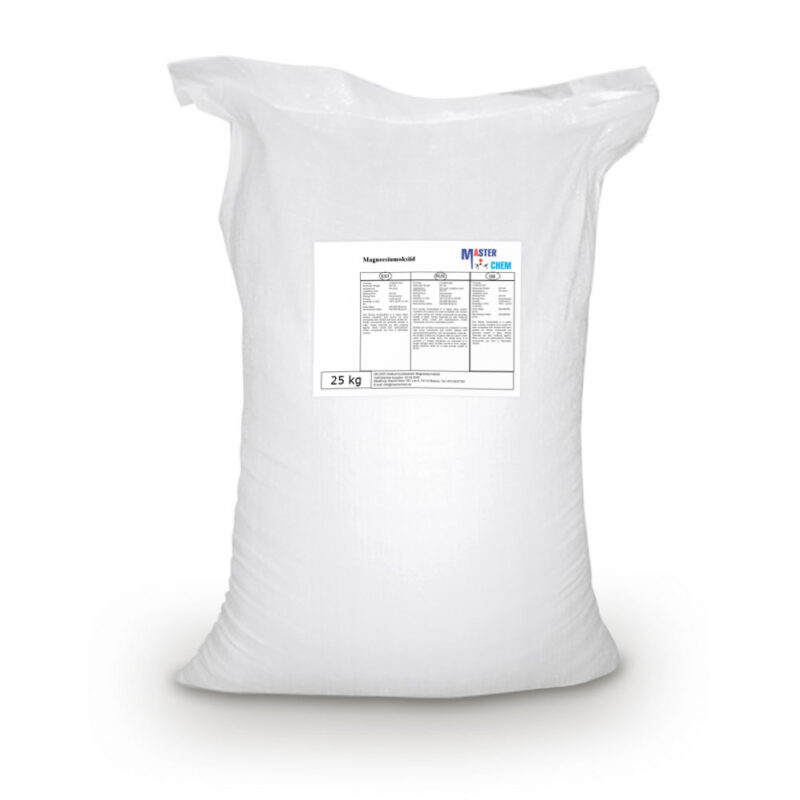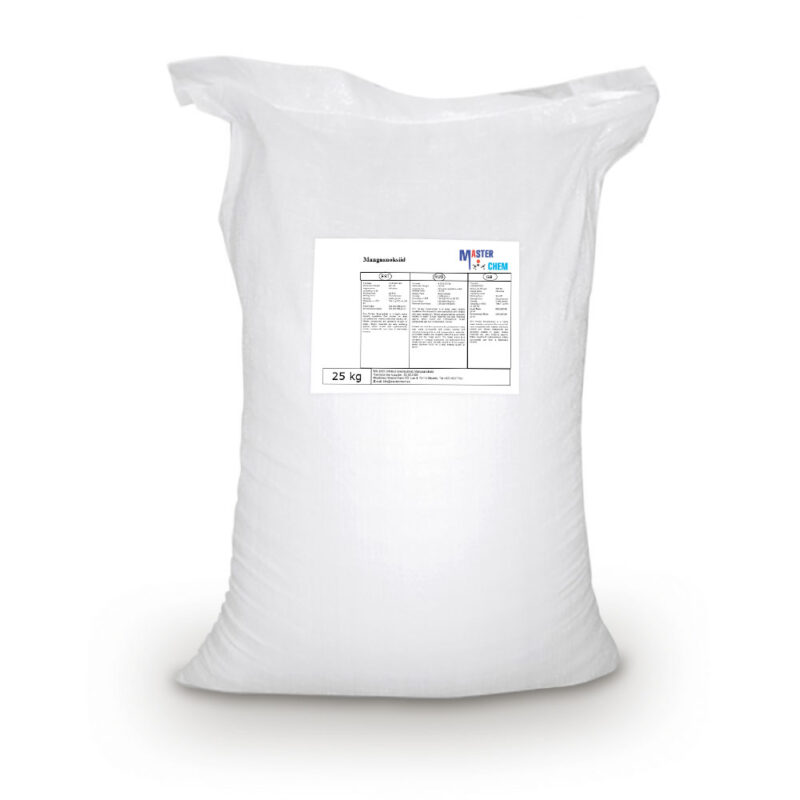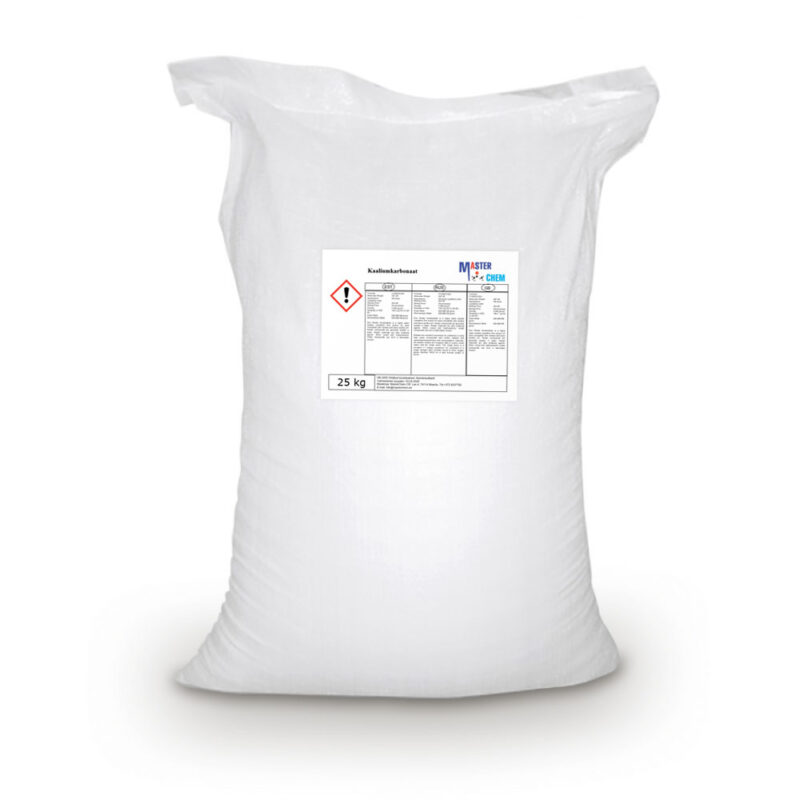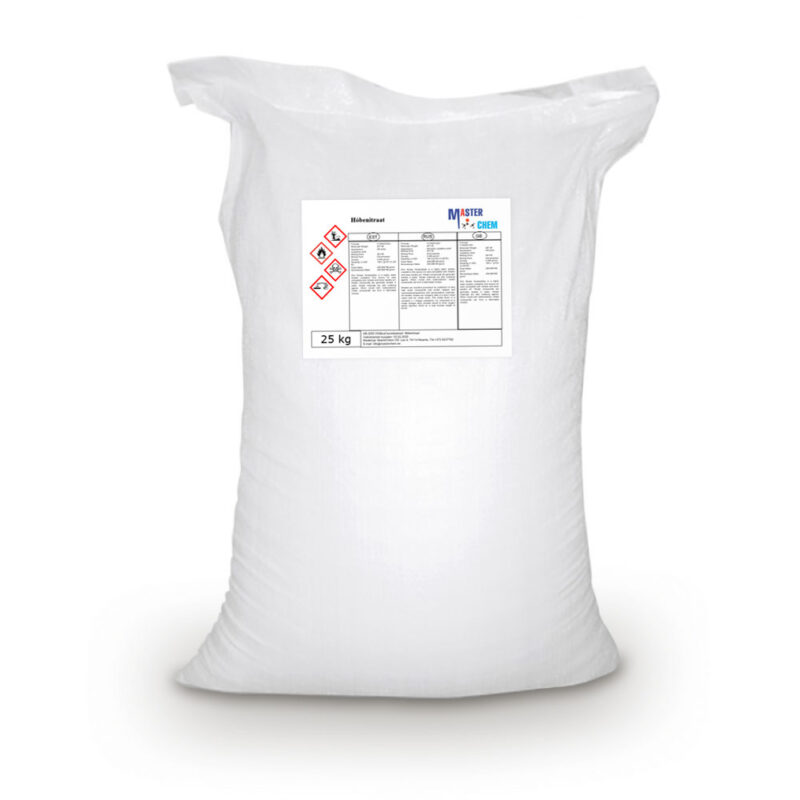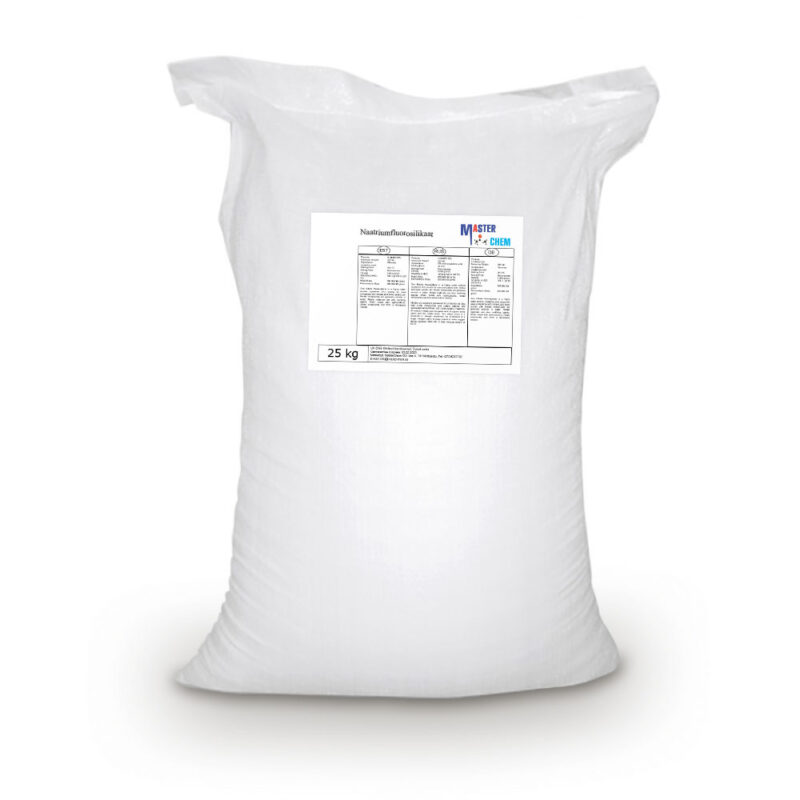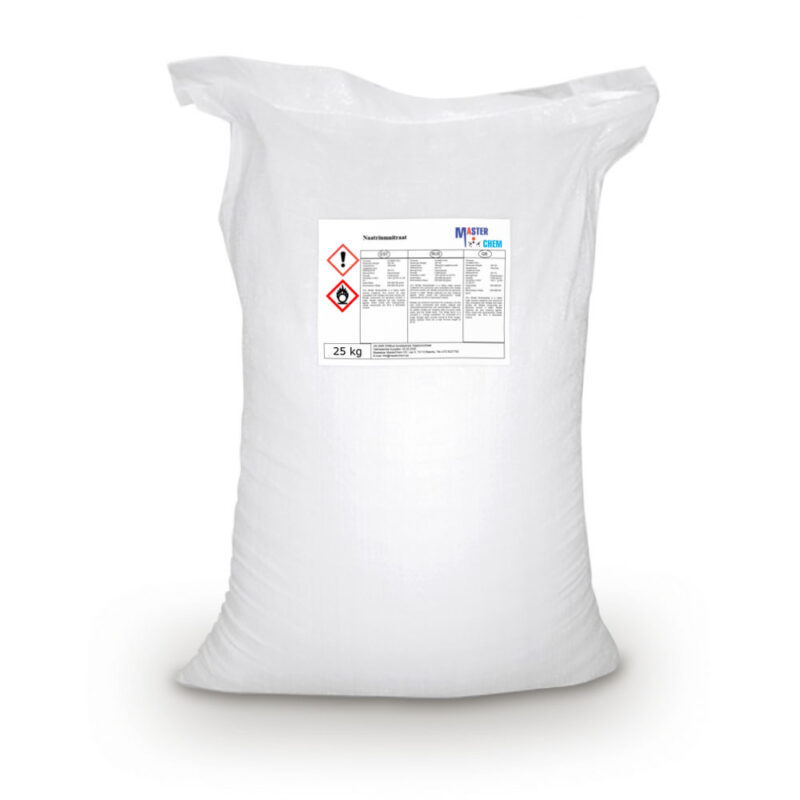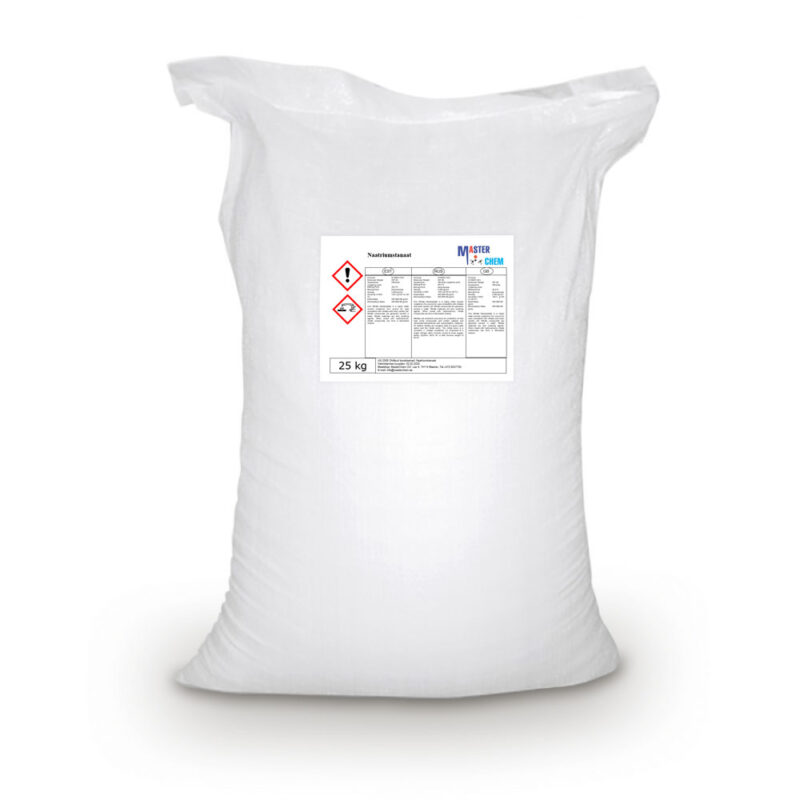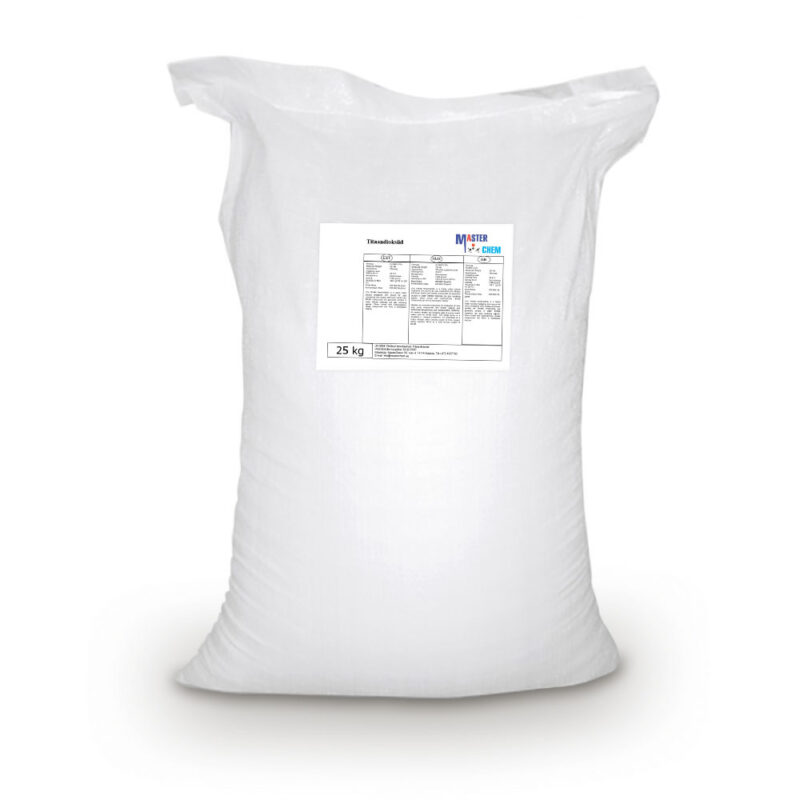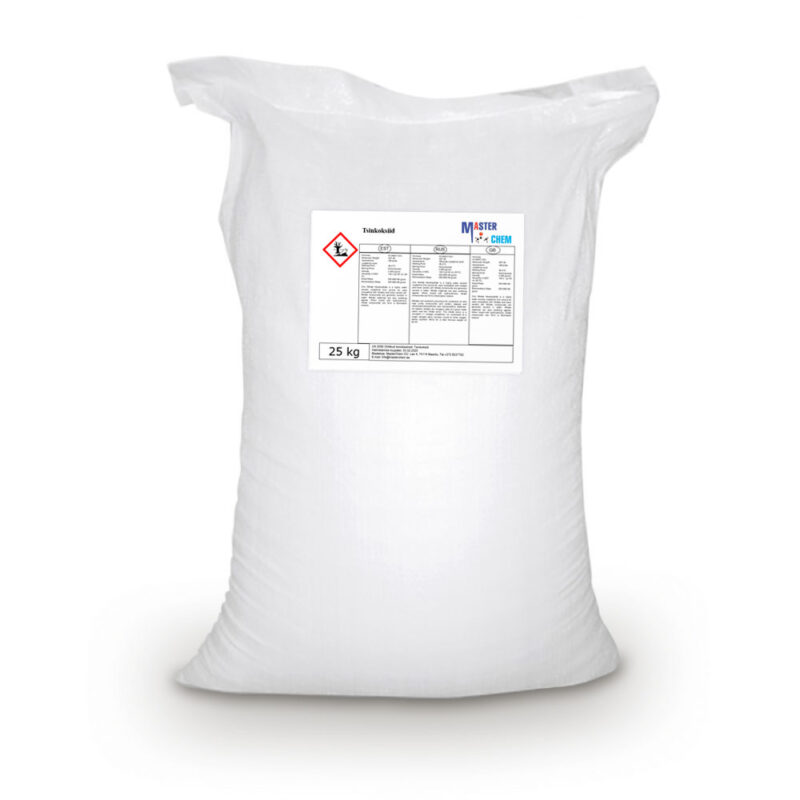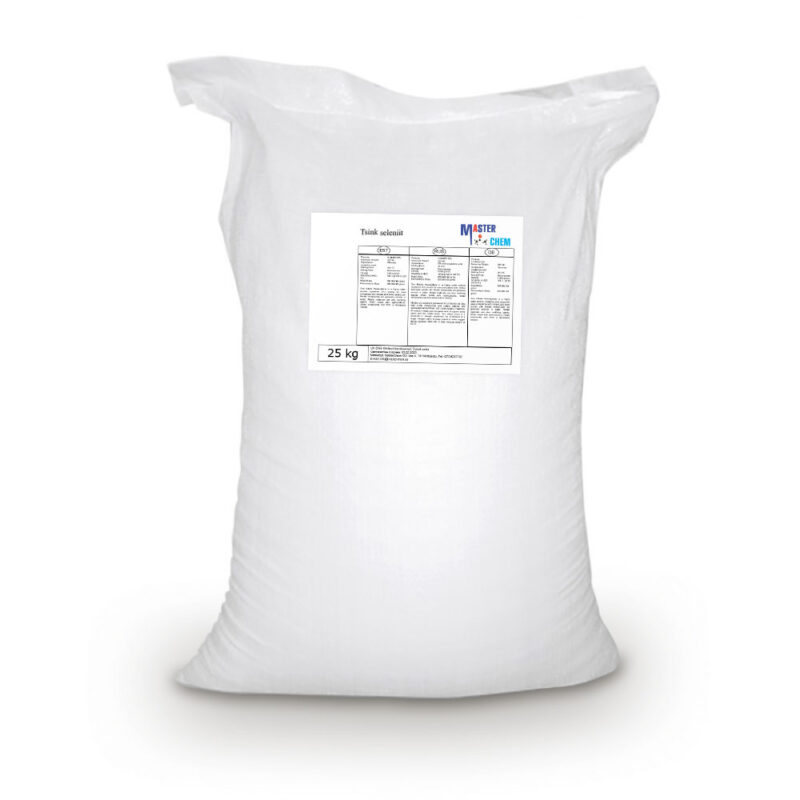Antimony trioxide (CAS 1309-64-4)
Antimony trioxide (CAS 1309-64-4)
Antimony(III) oxide is the inorganic compound with the formula Sb2O3. It is the most important commercial compound of antimony. It is found in nature as the minerals valentinite and senarmontite. Like most polymeric oxides, Sb2O3 dissolves in aqueous solutions with hydrolysis. A mixed arsenic-antimony oxide occurs in the nature as the very rare mineral stibioclaudetite.
Antimony(III) oxide is an amphoteric oxide, it dissolves in aqueous sodium hydroxide solution to give the meta-antimonite NaSbO2, which can be isolated as the trihydrate. Antimony(III) oxide also dissolves in concentrated mineral acids to give the corresponding salts, which hydrolyzes upon dilution with water. With nitric acid, the trioxide is oxidized to antimony(V) oxide.
When heated with carbon, the oxide is reduced to antimony metal. With other reducing agents such as sodium borohydride or lithium aluminium hydride, the unstable and very toxic gas stibine is produced. When heated with potassium bitartrate, a complex salt potassium antimony tartrate, KSb(OH)2•C4H2O6 is formed.
Burned lime (CAS 1305-78-8)
Burned lime (CAS 1305-78-8)
Calcium oxide, CaO, occurs as white or grayish-white lumps or granular powder. The presence of iron gives it a yellowish or brownish tint.
Calcium Oxide is a general food additive consisting of white granules or powder of poor water solubility. it is obtained by heating limestone (calcium carbonate) in a furnace. it is also termed lime or quicklime. it is used as an anticaking agent, firming agent, and nutritive supple- ment in applications such as grain products and soft candy.
Cerium oxide (CAS 1306-38-3)
Cerium oxide (CAS 1306-38-3)
Cerium(IV) oxide, also known as ceric oxide, ceric dioxide, ceria, cerium oxide or cerium dioxide, is an oxide of the rare-earth metal cerium. It is a pale yellow-white powder with the chemical formula CeO2. It is an important commercial product and an intermediate in the purification of the element from the ores. The distinctive property of this material is its reversible conversion to a non-stoichiometric oxide.
Chromium oxide (CAS 1308-38-9)
Chromium oxide (CAS 1308-38-9)
Chromium(III) oxide (or chromia) is an inorganic compound with the formula Cr2O3. It is one of the principal oxides of chromium and is used as a pigment. In nature, it occurs as the rare mineral eskolaite.
Cr2O3 has the corundum structure, consisting of a hexagonal close packed array of oxide anions with 2⁄3 of the octahedral holes occupied by chromium. Similar to corundum, Cr2O3 is a hard, brittle material (Mohs hardness 8 to 8.5). It is antiferromagnetic up to 307 K, the Néel temperature. It is not readily attacked by acids.
Cobalt oxide (CAS 1307-96-6)
Cobalt oxide (CAS 1307-96-6)
The applications of Er2O3 are varied due to their electrical, optical and photoluminescence properties. Nanoscale materials doped with Er3+ are of much interest because they have special particle-size-dependent optical and electrical properties. Erbium oxide doped nanoparticle materials can be dispersed in glass or plastic for display purposes, such as display monitors. The spectroscopy of Er3+ electronic transitions in host crystals lattices of nanoparticles combined with ultrasonically formed geometries in aqueous solution of carbon nanotubes is of great interest for synthesis of photoluminescence nanoparticles in ‘green’ chemistry. Erbium oxide is among the most important rare earth metals used in biomedicine. The photoluminescence property of erbium oxide nanoparticles on carbon nanotubes makes them useful in biomedical applications. For example, erbium oxide nanoparticles can be surface modified for distribution into aqueous and non-aqueous media for bioimaging. Erbium oxides are also used as gate dielectrics in semi conductor devices since it has a high dielectric constant (10–14) and a large band gap. Erbium is sometimes used as a coloring for glasses and erbium oxide can also be used as a burnable neutron poison for nuclear fuel.
Copper oxide (CAS 1317-38-0)
Copper oxide (CAS 1317-38-0)
Copper(II) oxide or cupric oxide is an inorganic compound with the formula CuO. A black solid, it is one of the two stable oxides of copper, the other being Cu2O or copper(I) oxide (cuprous oxide). As a mineral, it is known as tenorite. It is a product of copper mining and the precursor to many other copper-containing products and chemical compounds.
As a significant product of copper mining, copper(II) oxide is the starting point for the production of other copper salts. For example, many wood preservatives are produced from copper oxide.
Cupric oxide is used as a pigment in ceramics to produce blue, red, and green, and sometimes gray, pink, or black glazes.
It is incorrectly used as a dietary supplement in animal feed. Due to low bioactivity, negligible copper is absorbed.
A copper oxide electrode formed part of the early battery type known as the Edison–Lalande cell. Copper oxide was also used in a lithium battery type (IEC 60086 code “G”).
Cryolite (CAS 13775-53-6)
Cryolite (CAS 13775-53-6)
Sodium hexafluoroaluminate is a biochemical for proteomics research. It is used as a flux agent or bath material by aluminum smelters in the production of aluminum. It is also used in the production of synthetic resins for abrasives and in the manufacture of cutting or grinding discs. Minor uses are as a coloring agent (opacifier) in the glass, ceramic and pyrotechnic industries. It occurs naturally as the mineral cryolite, which is used extensively in the industrial production of aluminium.
Store in cool place. Keep container tightly closed in a dry and well-ventilated place. Store at room temperature.
Erbium oxide (CAS 12061-16-4)
Erbium oxide (CAS 12061-16-4)
The applications of Er2O3 are varied due to their electrical, optical and photoluminescence properties. Nanoscale materials doped with Er3+ are of much interest because they have special particle-size-dependent optical and electrical properties. Erbium oxide doped nanoparticle materials can be dispersed in glass or plastic for display purposes, such as display monitors. The spectroscopy of Er3+ electronic transitions in host crystals lattices of nanoparticles combined with ultrasonically formed geometries in aqueous solution of carbon nanotubes is of great interest for synthesis of photoluminescence nanoparticles in ‘green’ chemistry. Erbium oxide is among the most important rare earth metals used in biomedicine. The photoluminescence property of erbium oxide nanoparticles on carbon nanotubes makes them useful in biomedical applications. For example, erbium oxide nanoparticles can be surface modified for distribution into aqueous and non-aqueous media for bioimaging. Erbium oxides are also used as gate dielectrics in semi conductor devices since it has a high dielectric constant (10–14) and a large band gap. Erbium is sometimes used as a coloring for glasses and erbium oxide can also be used as a burnable neutron poison for nuclear fuel.
Fluorite (CAS 7789-75-5)
Fluorite (CAS 7789-75-5)
Calcium fluoride is the inorganic compound with the formula CaF2. It is a white insoluble solid. It occurs as the mineral fluorite (also called fluorspar), which is often deeply coloured owing to impurities.
Calcium fluoride, 98%+ Cas 7789-75-5 – used to manufacture optical components such as windows and lenses, used in thermal imaging systems, spectroscopy, and excimer lasers.
Graphite (CAS 7782-42-5)
Graphite (CAS 7782-42-5)
Graphite (/ˈɡræfˌaɪt/), archaically referred to as plumbago, is a crystalline form of the element carbon with its atoms arranged in a hexagonal structure. It occurs naturally in this form and is the most stable form of carbon under standard conditions. Under high pressures and temperatures it converts to diamond. Graphite is used in pencils and lubricants. It is a good conductor of heat and electricity. Its high conductivity makes it useful in electronic products such as electrodes, batteries, and solar panels.
Hydrated lime (CAS 1305-62-0)
Hydrated lime (CAS 1305-62-0)
Calcium hydroxide (traditionally called slaked lime) is an inorganic compound with the chemical formula Ca(OH)2. It is a colorless crystal or white powder and is produced when quicklime (calcium oxide) is mixed or slaked with water. It has many names including hydrated lime, caustic lime, builders’ lime, slaked lime, cal, and pickling lime. Calcium hydroxide is used in many applications, including food preparation, where it has been identified as E number E526. Limewater, also called milk of lime, is the common name for a saturated solution of calcium hydroxide.
Hydrofluoric acid (CAS 7664-39-3)
Hydrofluoric acid (CAS 7664-39-3)
Hydrofluoric acid is a solution of hydrogen fluoride (HF) in water. Solutions of HF are colourless, acidic and highly corrosive. It is used to make most fluorine-containing compounds; examples include the commonly used pharmaceutical antidepressant medication fluoxetine (Prozac) and the material PTFE (Teflon). Elemental fluorine is produced from it. It is commonly used to etch glass and silicon wafers.
Lead oxide (CAS 1317-36-8)
Lead oxide (CAS 1317-36-8)
Lead(II) oxide, also called lead monoxide, is the inorganic compound with the molecular formula PbO. PbO occurs in two polymorphs: litharge having a tetragonal crystal structure, and massicot having an orthorhombic crystal structure. Modern applications for PbO are mostly in lead-based industrial glass and industrial ceramics, including computer components. It is an amphoteric oxide.
The kind of lead in lead glass is normally PbO, and PbO is used extensively in making glass. Depending on the glass, the benefit of using PbO in glass can be one or more of increasing the refractive index of the glass, decreasing the viscosity of the glass, increasing the electrical resistivity of the glass, and increasing the ability of the glass to absorb X-rays. Adding PbO to industrial ceramics (as well as glass) makes the materials more magnetically and electrically inert (by raising their Curie temperature) and it is often used for this purpose. Historically PbO was also used extensively in ceramic glazes for household ceramics, and it is still used, but not extensively any more. Other less dominant applications include the vulcanization of rubber and the production of certain pigments and paints. PbO is used in cathode ray tube glass to block X-ray emission, but mainly in the neck and funnel because it can cause discoloration when used in the faceplate. Strontium oxide and Barium oxide are preferred for the faceplate.
The consumption of lead, and hence the processing of PbO, correlates with the number of automobiles, because it remains the key component of automotive lead–acid batteries.
Magnesium oxide (CAS 1309-48-4)
Magnesium oxide (CAS 1309-48-4)
Magnesium oxide (MgO), or magnesia, is a white hygroscopic solid mineral that occurs naturally as periclase and is a source of magnesium (see also oxide). It has an empirical formula of MgO and consists of a lattice of Mg2+ ions and O2− ions held together by ionic bonding. Magnesium hydroxide forms in the presence of water (MgO + H2O → Mg(OH)2), but it can be reversed by heating it to remove moisture.
Magnesium oxide was historically known as magnesia alba (literally, the white mineral from Magnesia – other sources give magnesia alba as MgCO3), to differentiate it from magnesia negra, a black mineral containing what is now known as manganese.
While “magnesium oxide” normally refers to MgO, magnesium peroxide MgO2 is also known as a compound. According to evolutionary crystal structure prediction, MgO2 is thermodynamically stable at pressures above 116 GPa (gigapascals), and a semiconducting suboxide Mg3O2 is thermodynamically stable above 500 GPa. Because of its stability, MgO is used as a model system for investigating vibrational properties of crystals.
Manganese oxide (CAS 1344-43-0)
Manganese oxide (CAS 1344-43-0)
Manganese(II) oxide is an inorganic compound with chemical formula MnO. It forms green crystals. The compound is produced on a large scale as a component of fertilizers and food additives.
Together with manganese sulfate, MnO is a component of fertilizers and food additives. Many thousands of tons are consumed annually for this purpose. Other uses include: a catalyst in the manufacture of allyl alcohol, ceramics, paints, colored glass, bleaching tallow and textile printing.
Potassium carbonate (CAS 584-08-7)
Potassium carbonate (CAS 584-08-7)
Potassium carbonate is the inorganic compound with the formula K2CO3. It is a white salt, which is soluble in water. It is deliquescent, often appearing as a damp or wet solid. Potassium carbonate is mainly used in the production of soap and glass.
Applications
– for soap, glass, and dishware production
– as a mild drying agent where other drying agents, such as calcium chloride and magnesium sulfate, may be incompatible. It is not suitable for acidic compounds, but can be useful for drying an organic phase if one has a small amount of acidic impurity. It may also be used to dry some ketones, alcohols, and amines prior to distillation.
– in cuisine, where it has many traditional uses. It is an ingredient in the production of grass jelly, a food consumed in Chinese and Southeast Asian cuisines, as well as Chinese hand-pulled noodles and mooncakes. It is also used to tenderize tripe. German gingerbread recipes often use potassium carbonate as a baking agent, although in combination with hartshorn. Use of potassium carbonate must be limited to a certain amount to prevent harm, and should not be used without guidance.
– as a buffering agent in the production of mead or wine.
– in antique documents, it is reported to have been used to soften hard water.
– as a fire suppressant in extinguishing deep-fat fryers and various other B class-related fires.
– in condensed aerosol fire suppression, although as the byproduct of potassium nitrate.
– as an ingredient in welding fluxes, and in the flux coating on arc-welding rods.
– as an animal feed ingredient to satisfy the potassium requirements of farmed animals such as broiler breeder chickens.
Silver nitrate (CAS 7761-88-8)
Silver nitrate (CAS 7761-88-8)
Silver nitrate is an inorganic compound with chemical formula AgNO3. This salt is a versatile precursor to many other silver compounds, such as those used in photography. It is far less sensitive to light than the halides. It was once called lunar caustic because silver was called luna by ancient alchemists who associated silver with the moon. In solid silver nitrate, the silver ions are three-coordinated in a trigonal planar arrangement.
Sodium Fluorosilicate (CAS 16893-85-9)
Sodium Fluorosilicate (CAS 16893-85-9)
Sodium fluorosilicate is a compound with the chemical formula Na2[SiF6].
It is used in some countries as additives for water fluoridation, opal glass raw material, ore refining, or other fluoride chemical (like sodium fluoride, magnesium silicofluoride, cryolite, aluminum fluoride) production.
Sodium nitrate (CAS 7631-99-4)
Sodium nitrate (CAS 7631-99-4)
Sodium nitrate is the chemical compound with the formula NaNO3. This alkali metal nitrate salt is also known as Chile saltpeter (large deposits of which were historically mined in Chile) to distinguish it from ordinary saltpeter, potassium nitrate. The mineral form is also known as nitratine, nitratite or soda niter.
Sodium nitrate is a white deliquescent solid very soluble in water. It is a readily available source of the nitrate anion (NO3−), which is useful in several reactions carried out on industrial scales for the production of fertilizers, pyrotechnics and smoke bombs, glass and pottery enamels, food preservatives (esp. meats), and solid rocket propellant. It has been mined extensively for these purposes.
Sodium stannate (CAS 12027-70-2)
Sodium stannate (CAS 12027-70-2)
Sodium stannate, formally sodium hexahydroxostannate(IV), is the inorganic compound with the formula Na2[Sn(OH)6]. This colourless salt forms upon dissolving metallic tin or tin(IV) oxide in sodium hydroxide, and is used as a stabiliser for hydrogen peroxide. In older literature, stannates are sometimes represented as having the simple oxyanion SnO32−, in which case this compound is sometimes named as sodium stannate–3–water and represented as Na2SnO3·3H2O, a hydrate with three waters of crystallisation. The anhydrous form of sodium stannate, Na2SnO3, is recognised as a distinct compound with its own CAS Registry Number, 12058-66-1 , and a distinct material safety data sheet.
Titanium white (CAS 13463-67-7)
Titanium white (CAS 13463-67-7)
Titanium dioxide, also known as titanium(IV) oxide or titania /taɪˈteɪniə/, is the naturally occurring oxide of titanium, chemical formula TiO
2. When used as a pigment, it is called titanium white, Pigment White 6 (PW6), or CI 77891. Generally, it is sourced from ilmenite, rutile, and anatase. It has a wide range of applications, including paint, sunscreen, and food coloring. When used as a food coloring, it has E number E171. World production in 2014 exceeded 9 million tonnes. It has been estimated that titanium dioxide is used in two-thirds of all pigments, and pigments based on the oxide have been valued at $13.2 billion.
Zinc oxide (CAS 1314-13-2)
Zinc oxide (CAS 1314-13-2)
Zinc oxide is an inorganic compound with the formula ZnO. ZnO is a white powder that is insoluble in water. It is used as an additive in numerous materials and products including cosmetics, food supplements, rubbers, plastics, ceramics, glass, cement, lubricants, paints, ointments, adhesives, sealants, pigments, foods, batteries, ferrites, fire retardants, and first-aid tapes. Although it occurs naturally as the mineral zincite, most zinc oxide is produced synthetically.
ZnO is a wide-band gap semiconductor of the II-VI semiconductor group. The native doping of the semiconductor due to oxygen vacancies or zinc interstitials is n-type. Other favorable properties include good transparency, high electron mobility, wide band gap, and strong room-temperature luminescence. Those properties make ZnO valuable for a variety of emerging applications: transparent electrodes in liquid crystal displays, energy-saving or heat-protecting windows, and electronics as thin-film transistors and light-emitting diodes.
Zinc selenite (CAS 13597-46-1)
Zinc selenite (CAS 13597-46-1)
Zinc selenide (ZnSe) is a light-yellow, solid compound comprising zinc (Zn) and selenium (Se). It is an intrinsic semiconductor with a band gap of about 2.70 eV at 25 °C (77 °F). ZnSe rarely occurs in nature, and is found in the mineral that was named after Hans Stille called “stilleite.”

